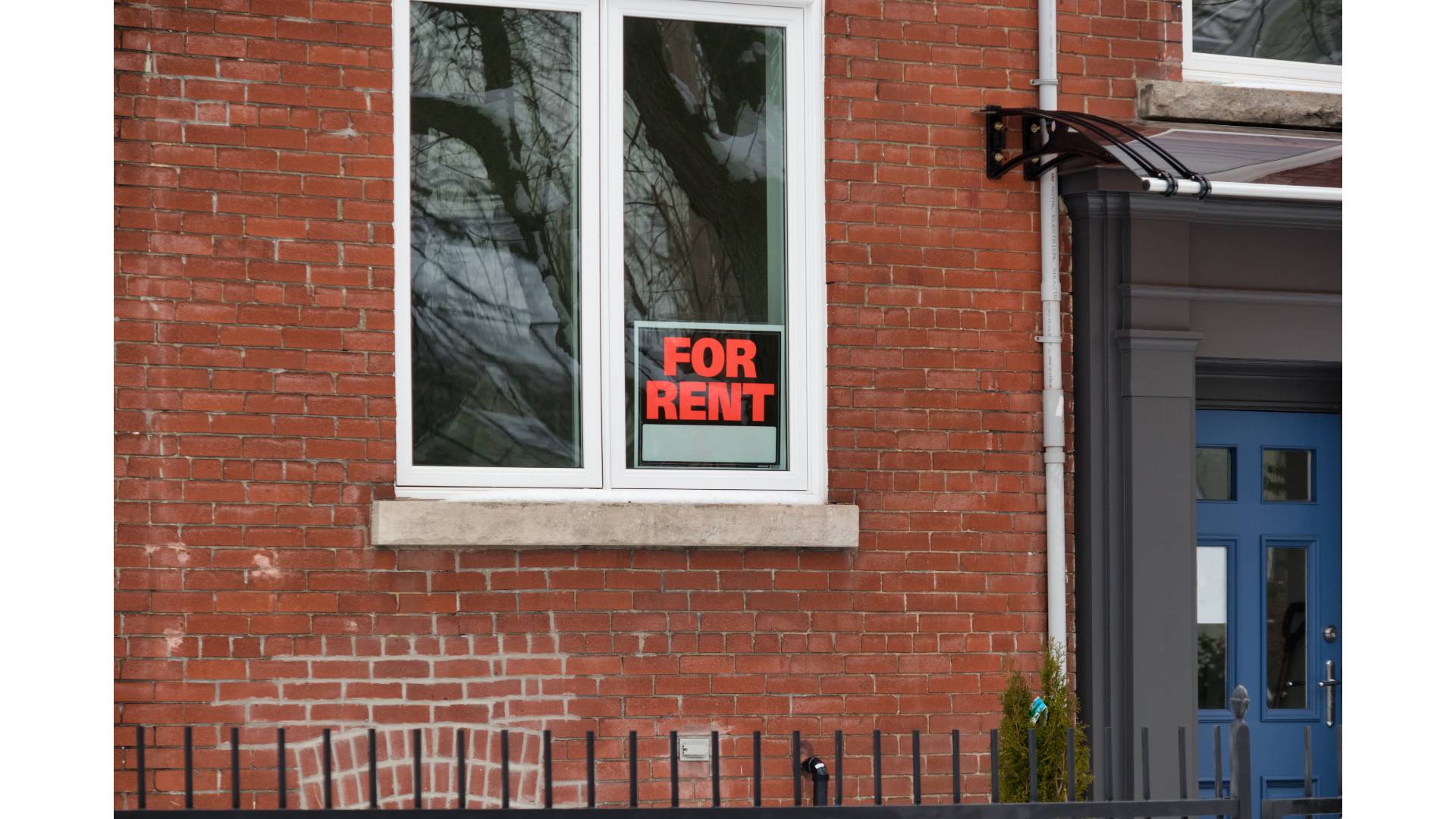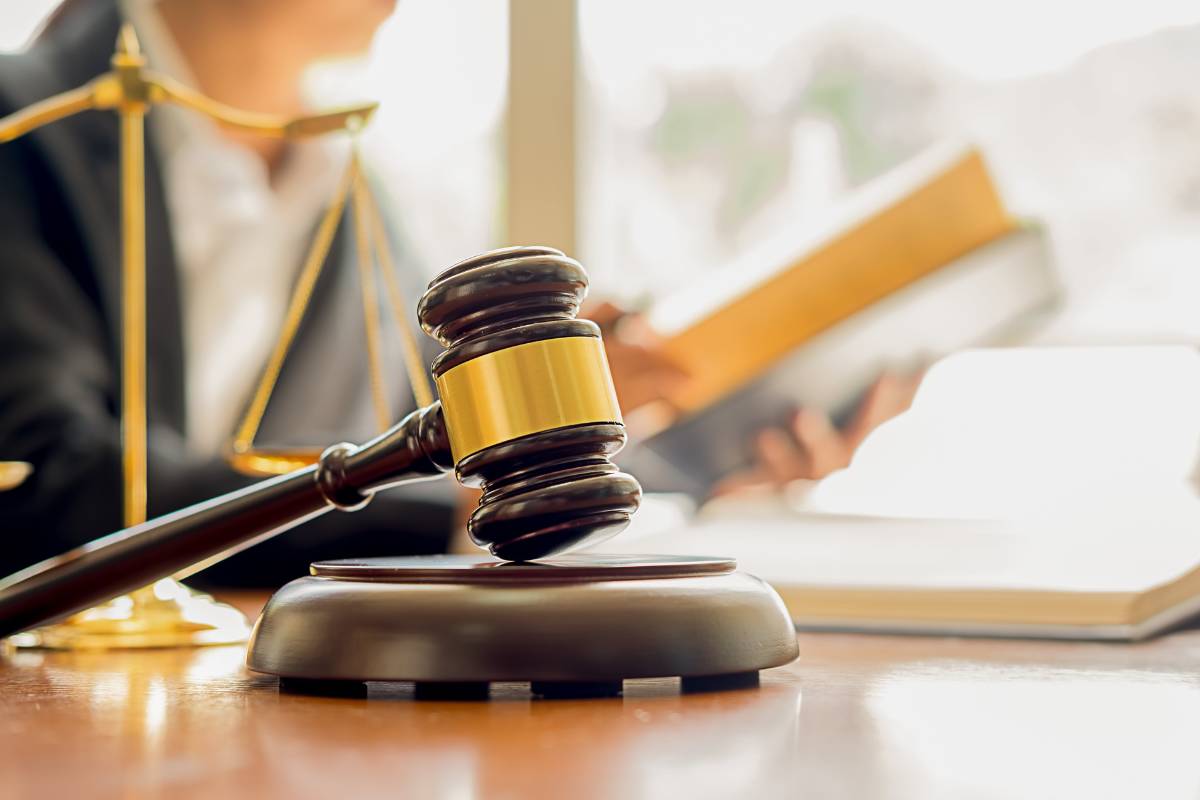A landlord’s guide to wear and tear in a rental property
Wear and tear is inevitable when renting, but as a landlord, you should know when to spot it and how to handle it.
Ellie Whyte
As a landlord, you’re responsible for certain repairs, which will often occur due to wear and tear in your rental property. Wear and tear is an unavoidable part of handling a tenancy. As tenants come and go, it’s crucial to understand what counts as fair wear and tear in a rental property and what is considered excessive wear and tear or property damage.
This article will outline:
- What is considered fair wear and tear
- Factors that contribute to wear and tear
- Avoiding the wear and tear dispute
What is wear and tear in a rental property?

The UK's legal definition of wear and tear is “Reasonable use of the premises by the Tenant and the ordinary operation of natural forces”. Many consider this definition quite vague, so it’s best to think of typical wear and tear as unavoidable deterioration when the property is lived in. Some fair wear and tear examples include carpet damage, loose fixtures or fittings, scuffed flooring or worn countertops.
You can’t charge your tenants for fair wear and tear. But, if you incur expenses while repairing, you can claim allowable expenses for these repairs.
What doesn’t count as wear and tear?
When deterioration occurs, as a result of the tenant's reckless actions, it’s considered property damage and not wear and tear. This distinction is important when checking in and out tenants, as it determines whether you should charge the tenant for repairs.
You should only charge for excessive wear and tear or avoidable property damage.
Some excessive wear and tear examples include unreported carpet staining, marks on the wall, or chipped flooring. Some examples of property damage include burns to the carpet, broken windows or doors, and broken appliances due to improper use.
The property's cleanliness is irrelevant when discussing fair wear and tear. Wear and tear applies only to the property’s condition and not the cleanliness.
What factors contribute to your rental property’s wear and tear?
Age
The age of the appliance, carpet, furniture etc., will dictate how much wear and tear it’ll have experienced. As such, age is a factor when deciding whether property damage or wear and tear has occurred. If a tenant rips a new carpet, it can be considered property damage. But an old carpet that has experienced a lot of wear and tear will be more easily damaged.
Quality
Similarly to age, the quality of your items will also decide whether or not property damage or wear and tear has occurred. Higher quality items will come at a higher price but are typically more reliable and long-lasting. If a high-quality item breaks or is damaged early into its lifespan, it’s probably down to property damage, not wear and tear. Lower-quality items are cheaper to replace and usually have a shorter lifespan, so wear and tear can affect lower-quality items more drastically.
Duration of the tenancy
The longer the tenancy is, the higher the levels of wear and tear that you can expect. A new carpet after a 1-year tenancy will have significantly less wear and tear than a new carpet after a 6-year tenancy. This is an essential factor to consider when the tenant is checking out. What could be considered damage for a 1-year tenancy (for example, a tear in a new carpet) may be considered wear and tear for a 6-year tenancy. Consider the age of the item and the duration of the tenancy when checking a tenant out of your property.
Type of tenant
The wear and tear of a property rented by a family of 4 with a dog will be significantly less than that of a single person with no pets. Of course, this is a consideration when selecting tenants for your property. But your fair wear and tear expectations when they leave the property should also be adjusted accordingly.
How to avoid the wear and tear dispute
Charging for excessive wear and tear and property damage can often lead to tension or disputes with your tenants. Thankfully, you can take a lot of action to avoid this dispute and manage the expectations of your tenants.
Inventory
Before your tenant moves into the property, it’s vital to take a comprehensive inventory of the condition of your property and its furnishings. If any existing damage isn’t rectified before the tenant moves in, you should document this clearly to avoid a dispute later.
Keep documentation
Not only should you carefully value your property itself, but also the furnishings of your property. By keeping invoices for repairs, purchases or replacements on your property, you can provide evidence of the value of your furnishings and repairs. This’ll help distinguish whether fair wear and tear or property damage have occurred, as you’ll have proof of age and quality. It’ll also help to evaluate how much to charge if damage occurs. You cannot charge full price if your tenant breaks an oven which is 3 years old, but having the initial price will help estimate a reasonable charge.
Inspections

There’re 4 types of inspections you should have for each tenancy:
- Before a tenant moves in
- Every 3 months during the tenancy
- 3 weeks before the end of the tenancy
- The week of your tenant checking out
Inspecting the property before your tenant moves in allows you to document your inventory and any existing damage carefully. It also allows you to rectify any issues before your new tenant moves in.
Inspecting throughout the tenancy will allow you to spot damage that has occurred and address this during their tenancy. And by arranging an inspection 3 weeks before your tenant leaves, you can outline any excessive wear and tear or property damage that you’d like your tenant to rectify. This inspection is also an opportunity to review the property's cleanliness and outline your expectations for when the tenant leaves.
The final inspection allows you to outline any remaining issues and determine whether you should charge your tenant for property damage or excessive wear and tear.
While taking these steps helps to avoid any potential dispute over charges when your tenant moves out, you may still encounter tenants who’ll avoid paying for damages they inflicted. Insuring your property and its contents, fixtures, and fittings ensures you aren’t left to pay out of pocket.
Now that you’ve read this guide, you’ll know exactly how to spot wear and tear on your property and how to handle it when you do!
This article is for informational purposes only. Please consult the appropriate authorities for the latest developments or a lawyer for legal advice.
For feedback on this article or other suggestions, please email content@housinganywhere.com
Related articles
In this article
Picking the wrong tenant is expensive
It’ll increase maintenance costs and cause stress due to complaints or late rent payments.
Find my perfect tenant

